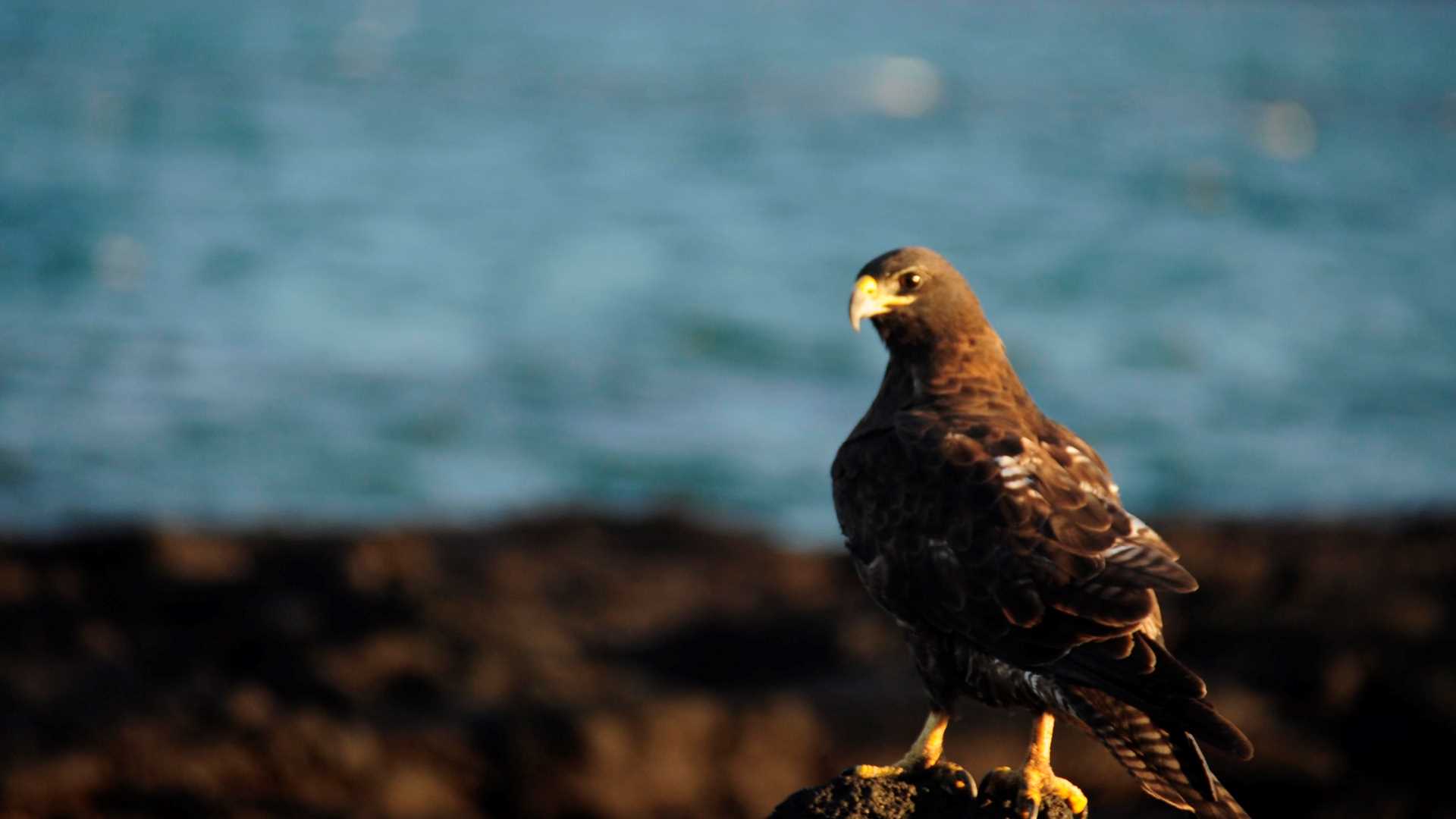We navigated north and then west during the night and into the wee hours, we crossed into the northern hemisphere. I gave an early optional wake-up call at 6:30 a.m. and to our delight, a huge pod of common dolphins arrived right on schedule. They were beautiful as they surfaced and splashed, feeding around the ship. But when a sharp-eyed guest spotted whales spouting to the north of us, our first officer turned the ship and naturalist Paul and I began watching them with our binoculars to determine what species of whale we were eagerly heading to see. Fairly soon we both agreed: sperm whales! They have a thick bushy blow that sprays forward at an angle, and we could soon see their large bodies. What a show we had; there were many whales, at least 20-30, and they were small ones, apparently females and juveniles. We approached slowly and then stopped the ship. The whales surfaced, one breached twice, a baby lifted its head in a low “spy hop” and took a look at us, then rolled on its side and showed us its tail fluke. We watched in awe as a dozen whales, well spread out, surfaced and spouted. We could easily see their characteristic large blocky heads, their dark gray wrinkled skin, and their low rounded dorsal fins. A large whale slapped its fluke on the surface and all the others swam in her direction.
Amazingly, this appears to be the same group, in the same area, that we saw on September 3 earlier this year! We are so thankful that sperm whales are breeding in and around Galapagos. Females give birth only once every 4 to 6 years, nurse their calves for 2–3 years, and the gestation period is 18 months. The reduced populations are only very slowly recovering after the overexploitation of the whaling era. What a privilege it was for us to see all these lovely, healthy and safe, juvenile and mother whales. I was as excited as our guests!
But, this was all before breakfast – we still had the entire day ahead of us – and what a day we had. At Punta Vicente Roca we took Zodiac rides and went snorkeling. There were flightless cormorants, penguins, sea lions, marine iguanas (on shore, swimming and feeding under water on the algae!), many graceful sea turtles and schools of a dozen species of fish. In the afternoon, we walked among salt sneezing marine iguanas and admired lava lizards. We watched bright red Sally lightfoot crabs, preening penguins, a couple of hawks, flightless cormorants and everyone’s favorites: the charming and ubiquitous Galapagos sea lions. As the sun set we returned to the ship and all of us had smiles of contentment on our faces.









